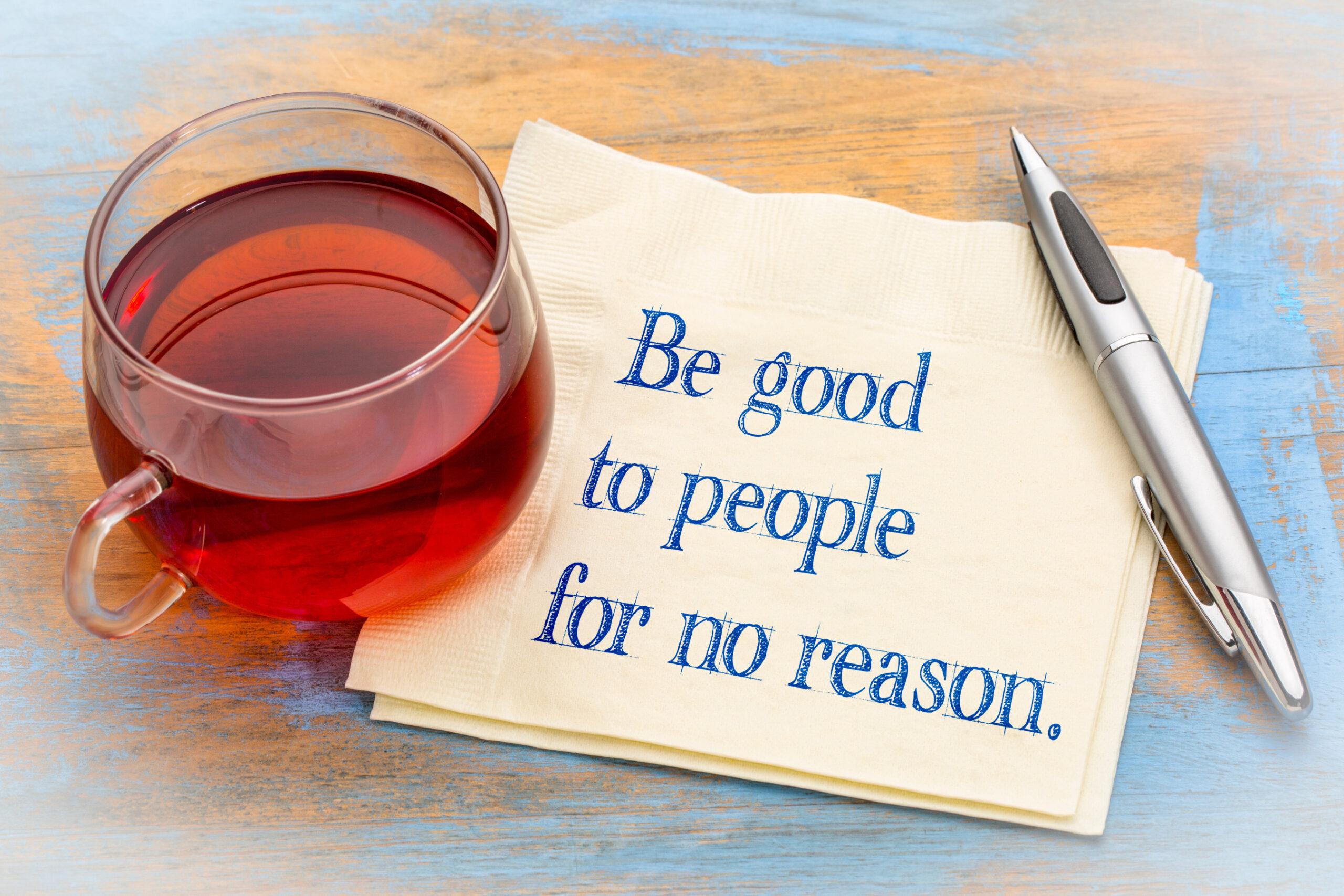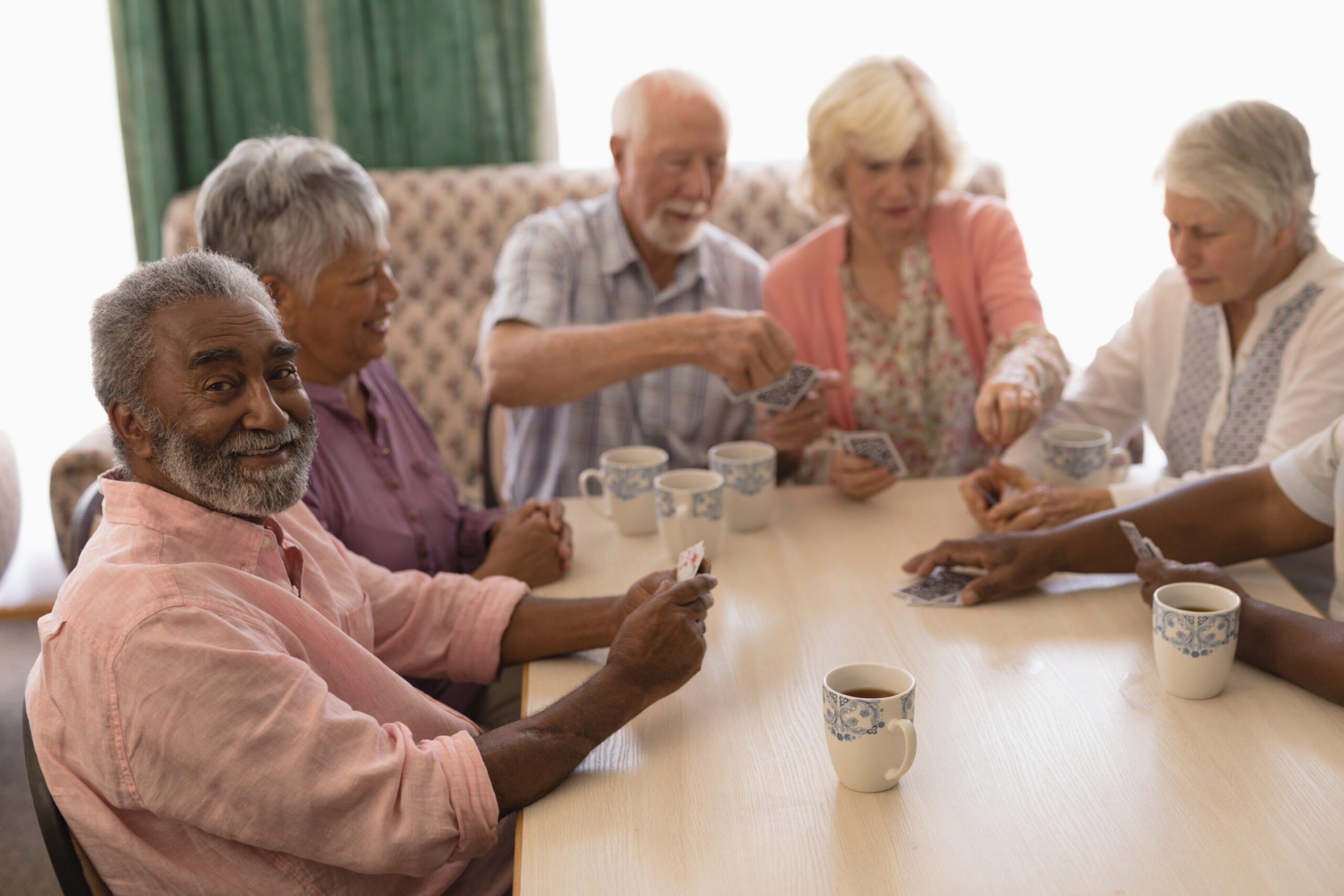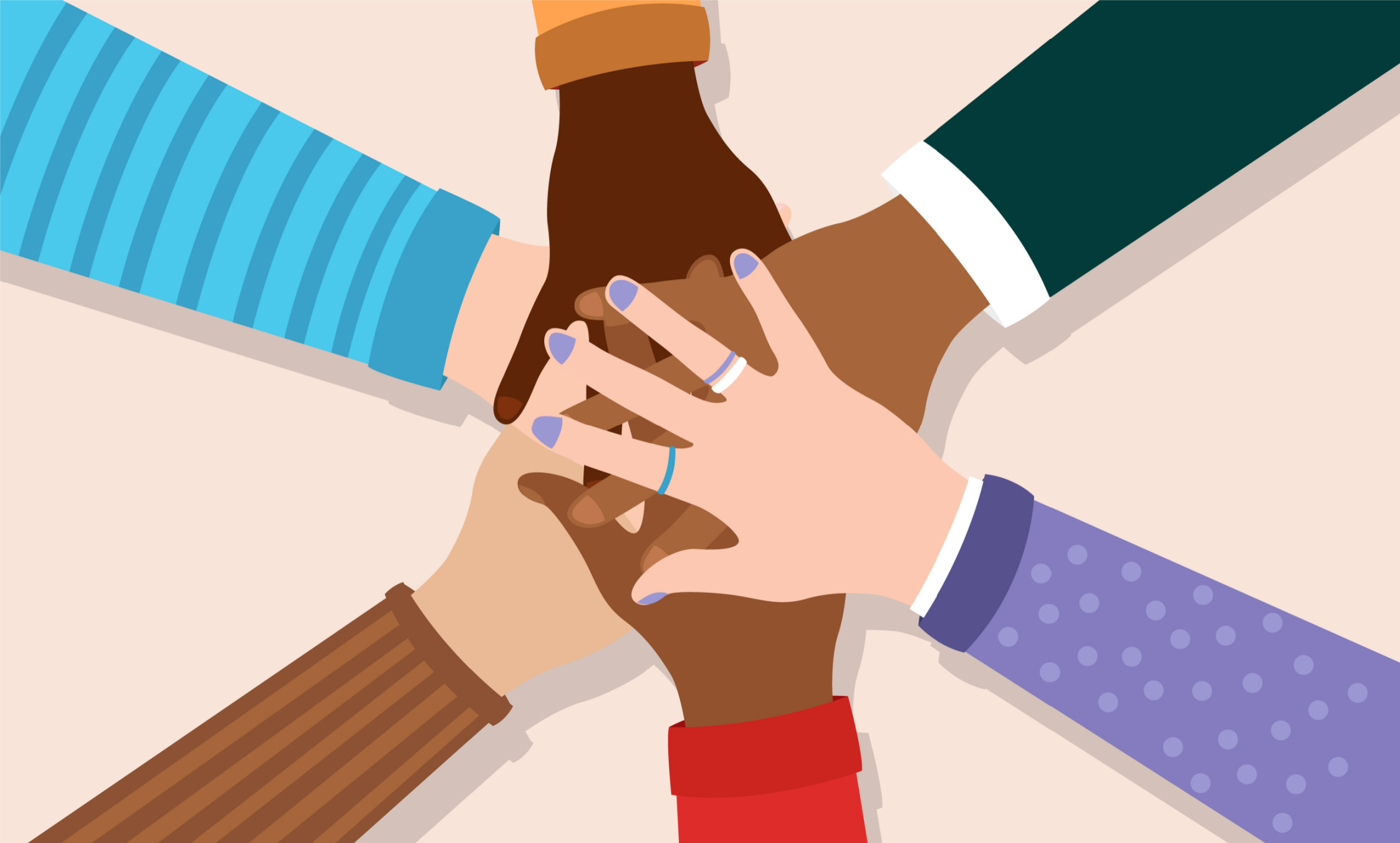Living Civics: Rediscovering Kindness and American Values—Embracing Respectful Humor

In a world that often feels divided and rushed, the importance of kindness, respect, and civility can’t be overstated. These timeless principles—once the bedrock of American values and civics—seem to be eroding in the noise of modern life. Yet, these small acts of decency have the power to bring us together, bridge divides, and remind us of the shared humanity that unites us all.
It’s easy to be swept away by the fast pace of life, distracted by the noise and pressures of our everyday routines, but kindness is something that can be practiced anywhere and anytime. It doesn’t require grand gestures; it’s the small, seemingly insignificant actions that can often make the biggest difference in someone’s day. Whether it’s holding the door for someone, offering a genuine compliment, or simply listening without judgment, these acts have the power to brighten the lives of others.
Kindness, however, is not just about doing good things—it’s also about being mindful of others’ feelings, perspectives, and personal space. It’s about understanding that everyone comes from different backgrounds and experiences, and those differences deserve respect. As we navigate our interactions with others, we must ask ourselves: Are we truly being respectful of their boundaries, or are we taking liberties that could cause harm, even unintentionally?
Living Civics: Rediscovering Kindness and American Values, is a journey back to the basics of what it means to be a good person. Each week, we focus on a specific behavior or mindset that not only embodies personal integrity but also strengthens the fabric of our communities. From simple acts of gratitude to respecting others’ boundaries, these lessons are about more than etiquette—they’re about restoring the civility that makes America a truly great place to live.
While kindness is at the core of this series, we also recognize that civility is a two-way street. As individuals, we must be aware of not just how we treat others but also how we accept and respond to the treatment we receive. This week, we delve into the topic of humor—specifically, when teasing crosses the line from playful to hurtful. In an era where humor often plays a central role in our social interactions, it’s easy for teasing to be misinterpreted or to unintentionally cause harm. Recognizing when a joke goes too far is an essential skill in maintaining healthy relationships and creating an environment where everyone feels respected.
Know When Teasing Isn’t Enjoyable: The Subtle Art of Respectful Humor
Teasing is a form of humor that can foster camaraderie, light-heartedness, and a sense of shared experience. It’s often seen as a way to connect with others by poking fun, challenging each other, or expressing affection in a playful manner. In many social contexts, a well-timed joke or teasing remark can help break the ice or build stronger bonds. However, humor can be a double-edged sword. While it has the potential to unite us, it can also easily go astray if we fail to gauge how our words and actions affect others.
Teasing can be particularly tricky because its intent is not always aligned with its impact. A joke intended to be lighthearted might be received as hurtful or offensive, depending on the person’s background, mood, and personal experiences. Understanding when teasing stops being enjoyable is not just about recognizing discomfort but also about respecting others’ boundaries and acknowledging their emotional needs.
1. The Power of Perception: How We See Humor
Humor, especially teasing, is inherently subjective. What one person finds funny, another might perceive as a personal attack. The difference lies in how the joke resonates with the individual. It’s important to remember that humor isn’t a one-size-fits-all experience. In fact, research suggests that people’s sense of humor can be shaped by a range of factors—cultural background, personality traits, past experiences, and even current life circumstances. For instance, someone dealing with personal struggles might be particularly sensitive to certain types of humor, while someone in a joyful or carefree state of mind may find the same joke hilarious.
Moreover, even when teasing is intended as a lighthearted way to bond or express affection, it can still touch on sensitive subjects. Physical appearances, insecurities, or personal experiences that someone hasn’t shared with others can easily become the target of a joke, making it painful for the person being teased. Recognizing the emotional landscape of the people you’re interacting with is crucial to knowing when a joke has crossed the line.
2. Body Language: The Unspoken Signal
One of the most significant ways to gauge whether your teasing is still welcome is by paying attention to non-verbal cues. Body language often speaks louder than words. A person may laugh along with the group, but their posture, eye contact, and facial expressions can reveal whether they are truly enjoying the moment. If their smile fades, they fidget nervously, or avoid eye contact, these are indicators that they may not find the teasing as fun as it was intended. In some cases, they may even go silent or withdraw emotionally. These subtle signs should never be ignored, as they are clear signals that the teasing has gone beyond their comfort zone.
Sometimes, people may continue to laugh along or play along with the teasing because they don’t want to seem like they are “too sensitive” or they are trying to keep the peace. But deep down, they may feel hurt or alienated. It’s important to create an environment where individuals feel safe to express discomfort and where you, as a friend, family member, or colleague, respect their boundaries and take those cues seriously.
3. Verbal Cues: The Hidden Message
In addition to body language, verbal cues can also reveal whether teasing is still enjoyable. If someone responds with a sharp tone or quickly tries to change the subject, it’s a clear indication that they are not enjoying the humor. Phrases like, “Okay, enough” or “Stop it” are often spoken in jest, but they should not be brushed aside. When someone says, “Enough,” it’s an immediate invitation to stop. Persisting after such a signal can make the other person feel belittled, disrespected, or even powerless.
Sometimes, the discomfort isn’t directly verbalized but can be inferred from a person’s subsequent behavior. If they suddenly become more quiet or withdrawn, or if they begin to disengage from the conversation or group activity, these are signs that the teasing has taken a negative turn.
4. Emotional Sensitivity and Vulnerabilities
Teasing can tap into vulnerabilities that we are not always aware of—whether physical, emotional, or psychological. Humor about someone’s appearance, intelligence, or behavior can strike deep wounds if they have insecurities related to these aspects. For example, someone who struggles with body image may not find comments about their weight or appearance funny, even if they laugh along in the moment. Likewise, comments about a person’s abilities—such as how “clumsy” they are—can bring back painful memories of failure or embarrassment.
Understanding emotional sensitivity means recognizing that what may seem like a harmless remark to you could be painful to someone else. It’s not about walking on eggshells, but it is about exercising empathy. When teasing or humor touches on areas of vulnerability, it’s important to err on the side of caution and respect the person’s emotional boundaries. If you aren’t sure where the line is, ask or be prepared to apologize and acknowledge their feelings if they express discomfort.
5. When Teasing Becomes Bullying
The line between teasing and bullying can be thin, but it’s vital to recognize when teasing transforms into a more harmful behavior. Bullying often involves repetitive teasing meant to demean or belittle someone over time. It can create a hostile environment and make the person feel inferior, excluded, or powerless. The difference between lighthearted teasing and bullying often lies in the intent and impact. Teasing is intended to bring people closer together, but when it goes on too long, targets sensitive areas, or becomes mean-spirited, it can have a lasting negative impact.
It’s also important to consider group dynamics. Sometimes teasing can escalate in a group setting, where individuals join in to “pile on” or “one-up” each other, making the target of the teasing feel isolated. Even if the intent was innocent, the collective behavior can amplify the pain of being teased. In such instances, it’s essential for the group to recognize when humor turns into something more damaging, and for individuals to speak up and support one another.
6. How to Create a Culture of Respect in Humor
Knowing when teasing isn’t enjoyable comes down to cultivating a culture of respect and kindness in your interactions with others. Here are a few key steps to create that culture:
- Be Attuned to Emotional Climates: Take the time to understand the emotional state and sensitivities of the people around you. Each person has a different threshold for humor, and recognizing that allows for more thoughtful and empathetic interactions.
- Respect Boundaries: If someone asks you to stop or shows signs of discomfort, respect their request without questioning it. Stop immediately and apologize if necessary. It’s important to remember that boundaries aren’t always verbalized in an obvious way, so trust your instincts and your ability to read others.
- Be Willing to Learn from Mistakes: If you unintentionally hurt someone, own up to it. Apologizing sincerely and acknowledging how your words affected them is an important part of maintaining healthy relationships. Humor should never come at the expense of someone’s well-being.
- Encourage Open Communication: Let people know that it’s okay to speak up when something makes them uncomfortable. By fostering an open, respectful environment, you can ensure that everyone feels safe expressing their feelings.
7. The Power of Humor Done Right
When done with sensitivity, humor can build bridges, foster deeper connections, and bring joy to everyone involved. Teasing can be playful, affectionate, and a way of showing camaraderie, but it must be mindful of the emotional context. Being attuned to the feelings of those around you ensures that humor doesn’t just remain fun—it also remains respectful.
Ultimately, the goal is to create an environment where humor enhances relationships, not harms them. By learning to recognize when teasing has gone too far and being willing to adjust your approach, you can ensure that your humor continues to be a tool for connection rather than division. When we all practice kindness, empathy, and respect in our interactions, we create a space where everyone can feel safe, valued, and included, regardless of how playful the humor may seem.
In the end, humor can be a force for good in our lives—when we know when to stop, listen, and adapt to the comfort of others. By making these small adjustments in our social interactions, we can make our communities stronger and more compassionate places for everyone.
Restoring Civility
Beyond teasing and humor, kindness and respect extend into every aspect of our interactions. The way we communicate, the way we listen, and the way we show up for others all contribute to the civility of our communities. When we take time to truly listen to those around us, without interruption or judgment, we show respect for their thoughts and experiences. And when we offer kindness, not just to those who agree with us but to those with differing opinions, we help bridge divides rather than create them.
As we journey through this series, we’ll explore other behaviors and mindsets that contribute to a more respectful and understanding society. We’ll look at the power of gratitude, the importance of honesty, and how to nurture strong, supportive relationships. Each of these lessons will bring us closer to understanding how our daily actions can have a profound impact on those around us, ultimately leading to a more compassionate and united world.
Together, let’s rediscover the quiet power of civics in action and the enduring importance of kindness. Every act of kindness, whether big or small, contributes to a culture of mutual respect and understanding. By embracing these values, we can create a more connected and compassionate world. Each step we take toward being better individuals brings us closer to being a better nation. As we continue this journey together, let’s remind ourselves that civility isn’t just a set of rules—it’s a way of being that fosters connection, promotes understanding, and celebrates the shared humanity that unites us all.
RECENT










BE THE FIRST TO KNOW

More Content By
Jessica Curtis










